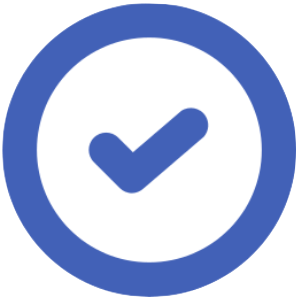 Note! Stop the video at
4:37 for this lesson.
Note! Stop the video at
4:37 for this lesson.
 YOUTUBE VIDEO:
https://www.youtube.com/watch?v=XYFFPB28XYQ
YOUTUBE VIDEO:
https://www.youtube.com/watch?v=XYFFPB28XYQ
 Workplace Culture ESL Vocabulary & Lesson Description
Workplace Culture ESL Vocabulary & Lesson Description
OVERVIEW & OBJECTIVES
*For this lesson, stop the video at 4:37 during the viewing activity.*
This ESL lesson plan on workplace culture offers engaging activities, PDF worksheets, and digital materials designed for upper-intermediate B2 students. In this lesson, students will:
- Discuss workplace practices from different countries and compare them with their own culture.
- Learn and use vocabulary related to work culture and office life.
- Watch a video about German work culture, habits, efficiency, and labor practices and answer questions.
- Practice using functional language phrases to describe workplace cultural observations and opinions.
- Engage in interactive discussions about workplace norms using guided sentence starters.
PREVIEW & DISCUSSION
Students begin this workplace culture and vocabulary ESL lesson by reading descriptions of various workplace practices. Then, they can discuss which ones seem normal, unusual, or extreme. They compare these practices to their own cultures and reflect on why people follow certain work habits. Using a vocabulary list including terms like digitalization, working hours, labor force, sick leave, gender pay gap, and work ethic, students complete fact-or-fiction statements about workplace norms in Germany. They then discuss their answers and share any personal experiences or observations about work culture from different countries. Finally, students participate in a group discussion about their impressions and thoughts on these practices.
VIEWING ACTIVITY
*For this lesson, stop the video at 4:37 during the viewing activity.*
Students watch a video exploring German work culture, focusing on productivity, efficiency, flexible hours, holidays, sick leave, Gen Z attitudes, gender pay gaps, and historical labor influences. While watching, they answer short questions about salaries, bureaucracy, vacation and sick day usage, office arguments, and the gender pay gap in Germany. Next, they complete true/false exercises based on the video and correct any false statements. Students then revisit their fact-or-fiction predictions from the preview activity and check how many were correct, reinforcing comprehension and retention.
VIEWING FOLLOW-UP
After watching the video, students discuss their overall reactions to the workplace practices and traits in Germany they observed and note any surprising or interesting points. They compare the work culture shown in the video with their own countries, describing differences and similarities. Then, they learn guided phrases like "By and large, I'd say…," "…hardly ever…," and "You're likely to come across…." in context to talk about various cultural practices at work. Students define these phrases in their own words and practice restating ideas using them, further consolidating the vocabulary and functional language introduced in the lesson.
THE UNSPOKEN LANGUAGE OF WORK
Students reflect on their own work culture by writing about workplace practices, traits, and conditions in their country or another country of interest. They then pair up with a classmate or teacher and role-play scenarios where one is new to the workplace. Using sentence starters and expressions from the lesson, they describe work habits, discuss differences in bureaucracy, digitalization, sick and vacation days, work hours, salaries, pay gaps, and unusual office practices. Students take turns conversing, ensuring they use the target vocabulary and functional phrases naturally in discussion.
BENEFITS OF USING THIS WORKPLACE CULTURE ESL VOCABULARY & LESSON
Teachers benefit from this lesson plan because it promotes speaking and critical thinking, introduces relevant workplace vocabulary, integrates video content to improve listening comprehension, provides clear and structured discussion prompts, and encourages cross-cultural comparisons. It saves preparation time with ready-made materials, guides vocabulary practice, and supports students in using target phrases fluently in conversation.
 Video Description
Video Description
 Lesson Activities
Lesson Activities
Workplace & Business Culture, Customs, Practices, Traits, Behaviors
Short Answers, True/False Statements, Fact/Fiction Check
Functional Phrases: Workplace, Employment, Values, Efficiency, Office Practices
Workplace Cultural Exploration & Discussion, Quiz & Review, Lesson Reflection
 Lesson Topics
Lesson Topics
Workplace & Business Culture, Customs, Practices, Traits, Behaviors


 Like us on facebook
Like us on facebook
